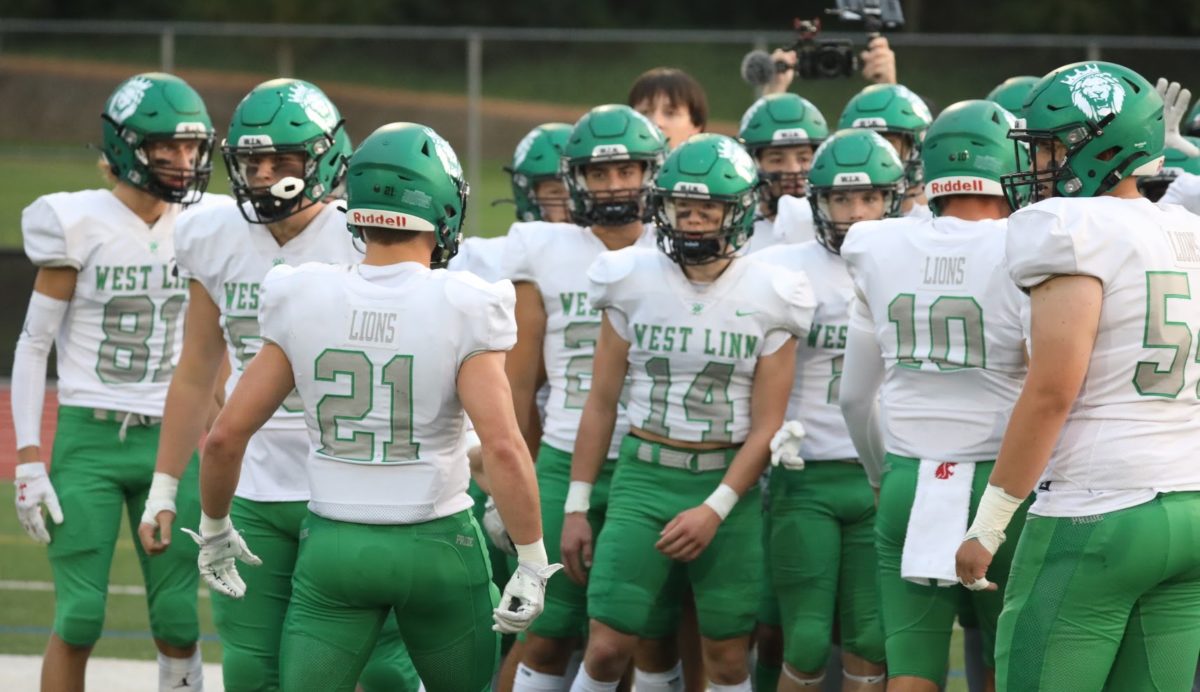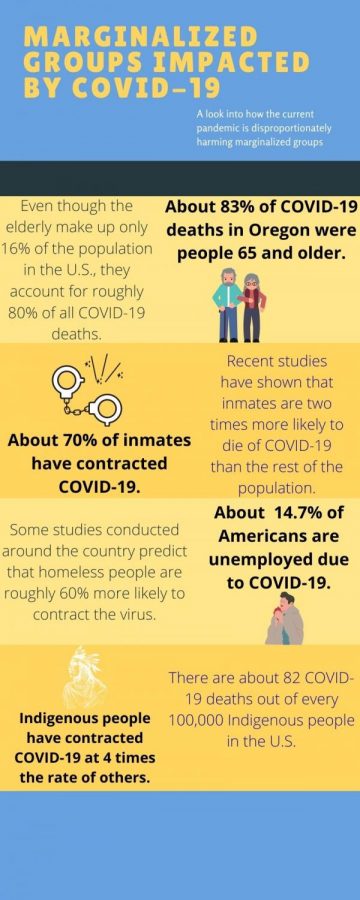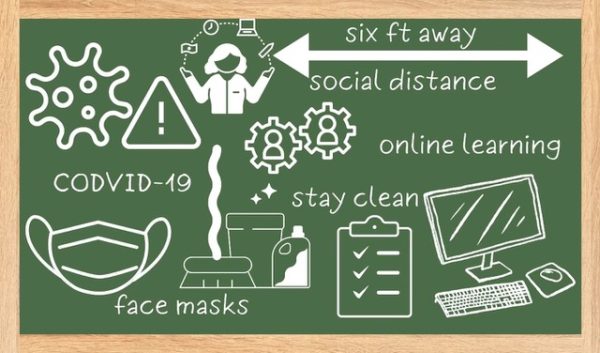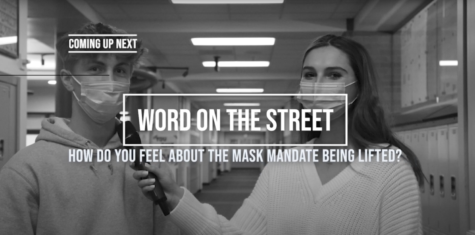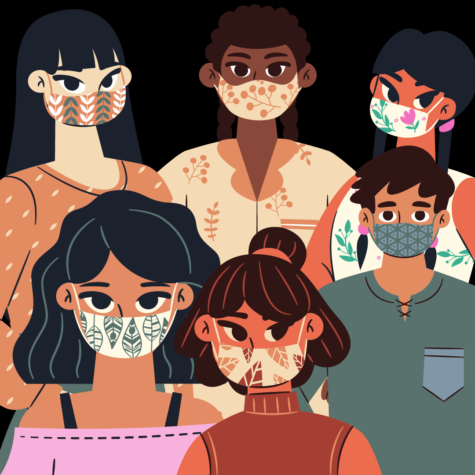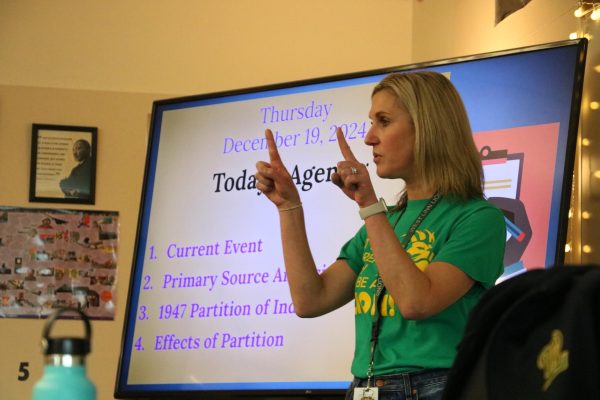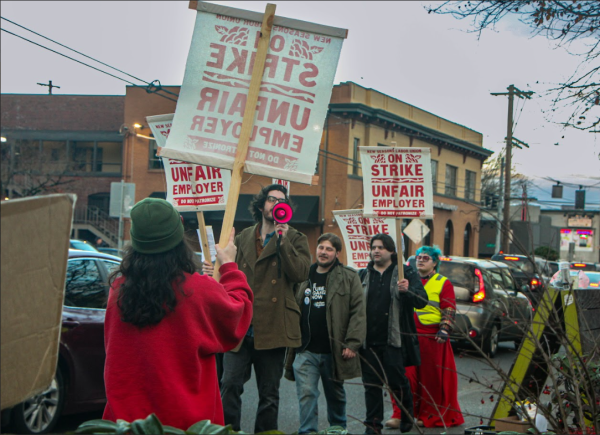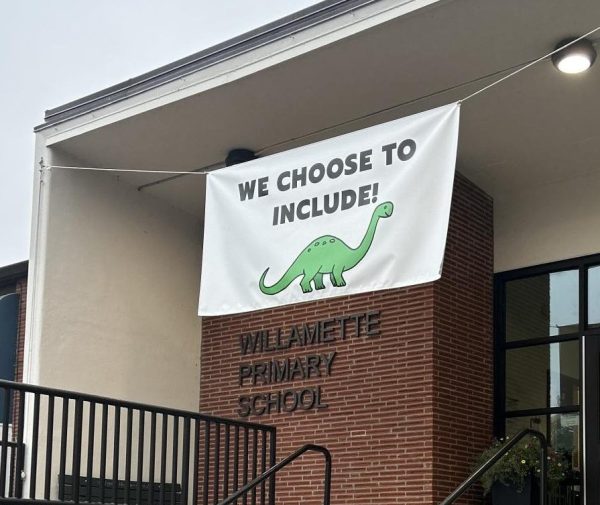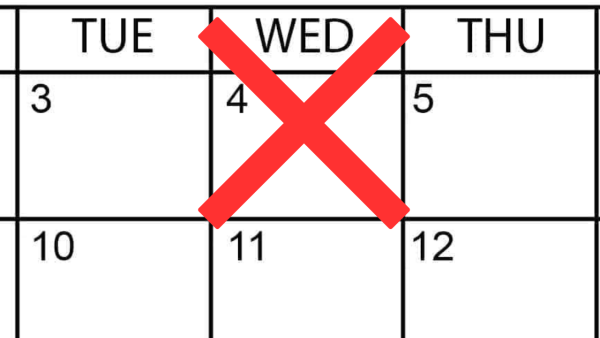Challenges faced by marginalized communities in the age of COVID-19
With the current pandemic, studies by the World Economic Fund have come out showing which groups are being affected the most. As the death toll reaches over 200,000 in the U.S., as of September 24, patterns are becoming very apparent in certain demographics. Marginalized communities are often disproportionately affected by natural and, in this case, unnatural disasters. The four groups that have been highlighted are the elderly, inmates, the homeless, and Indigenous communities.
Even though people 65 and older make up for only 18% of the population in Oregon, they account for over 83% of COVID-19 deaths. These staggering numbers beg the question if Oregon and the country as a whole are doing enough to take care of marginalized populations, especially since studies show that marginalized communities are often disproportionately affected by natural disasters.
According to an article by The Washington Post, “8 out of 10 of the people who have died of Covid-19 in the United States so far were 65 and older.” Conversations around the country have taken place questioning if the U.S.is doing enough to take care of the elderly population. Senior nursing homes have restricted outside visitors, which may help to prevent the virus from getting in, although this change brings up the ethical question of how fair it is to keep the residents away from their families.
Another very at-risk group of people are those who are incarcerated. Concerns about the prison population have also been brought up, with questions about how inmates are expected to maintain social distance within their shared cells. The concern also extends to what these people would do when they were released from prison, seeing as many of them may not have a home to go to. That leads to another conversation about the homeless population.
The homeless population is highly vulnerable to any global crisis. How are people expected to shelter in place if they have no home to go to? Homeless shelters are already overrun and have their own health concerns, trying to limit the number of people coming in and out each day.
An article published by ABCnews explains, “Homeless people are one of the most vulnerable populations in the COVID-19 pandemic, yet they’re largely invisible victims of the crisis. Very little is known about how they are faring in part because the U.S. Department of Housing and Urban Development — the main federal agency overseeing homeless programs — has not required its national network of providers to gather information on infections or deaths.”
Indigenous populations have also had a disproportionately large amount of cases and deaths since the pandemic reached the U.S. The United Nations have written that Indigenous populations are largely impacted by the pandemic, more so than other groups. Not only are their death rates higher, but their poverty and unemployment rates are also going up, and they are suffering financially.
“Native American households compared to white households across the nation report facing serious financial problems in the midst, and because of the COVID-19 outbreak, as they also face disproportionate suffering from the virus itself,” an ABCnews article explains. “It comes as the nation nears a grim milestone: 200,000 COVID-19 deaths. That looming loss has already disproportionately impacted communities of color. At least four in ten Latino, Black, and Native American households report draining all, or most of their savings; 72% Latino, 60% Black, 55% Native households report facing serious financial problems during the pandemic.”
When there is seemingly no end to the pandemic, these issues will continue to worsen until the government takes steps to improve these issues and help those affected. Until then, several charities and organizations have worked to help those affected the most.
An article published by Heartland Alliance explains, “COVID-19 brings unprecedented threats to the individuals and communities we serve, as the most vulnerable often have the least access to the information, resources, and care they need to stay healthy and safe.”
Your donation will support the student journalists of West Linn High School. Your contribution will allow us to continue to produce quality content by purchasing equipment, software, and continuing to host our website on School Newspapers Online (SNO).

Lily Gottschling, senior, is the Copy Editor-in-Chief for wlhsNOW.com. She loves writing reviews, features, and opinions. She is also a co-host of the...




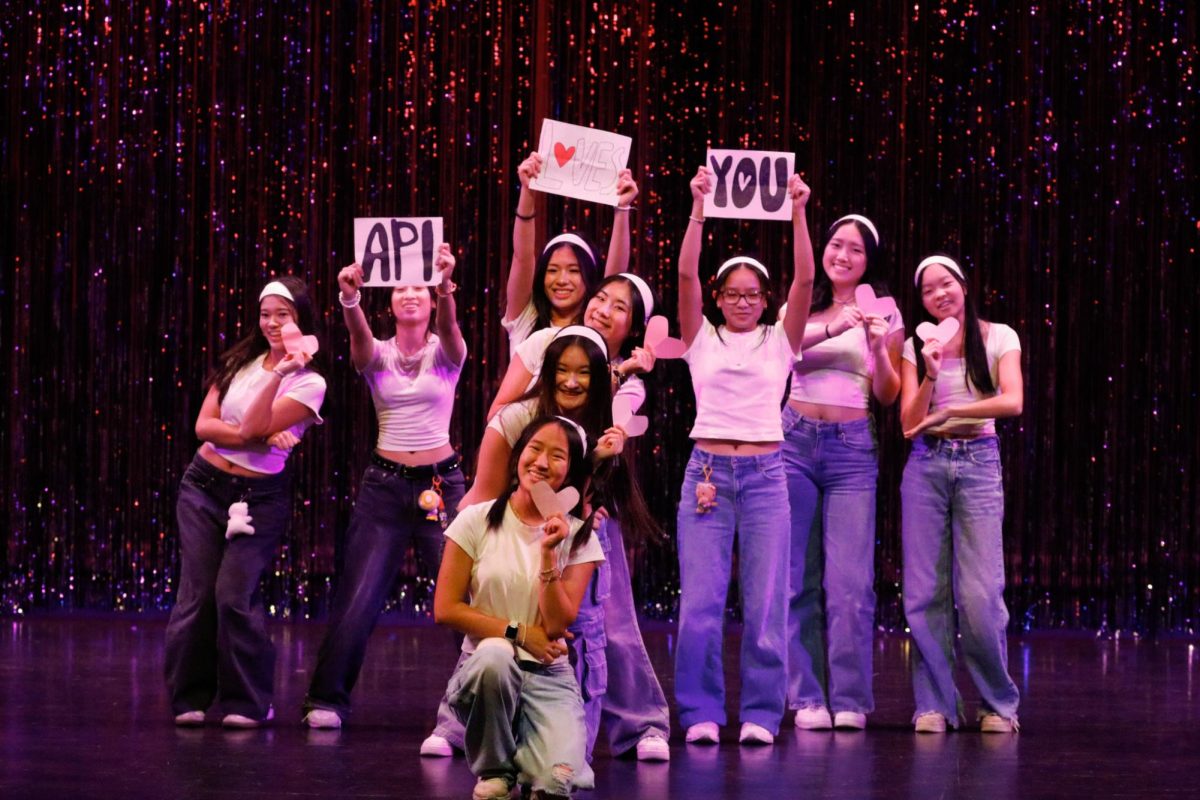
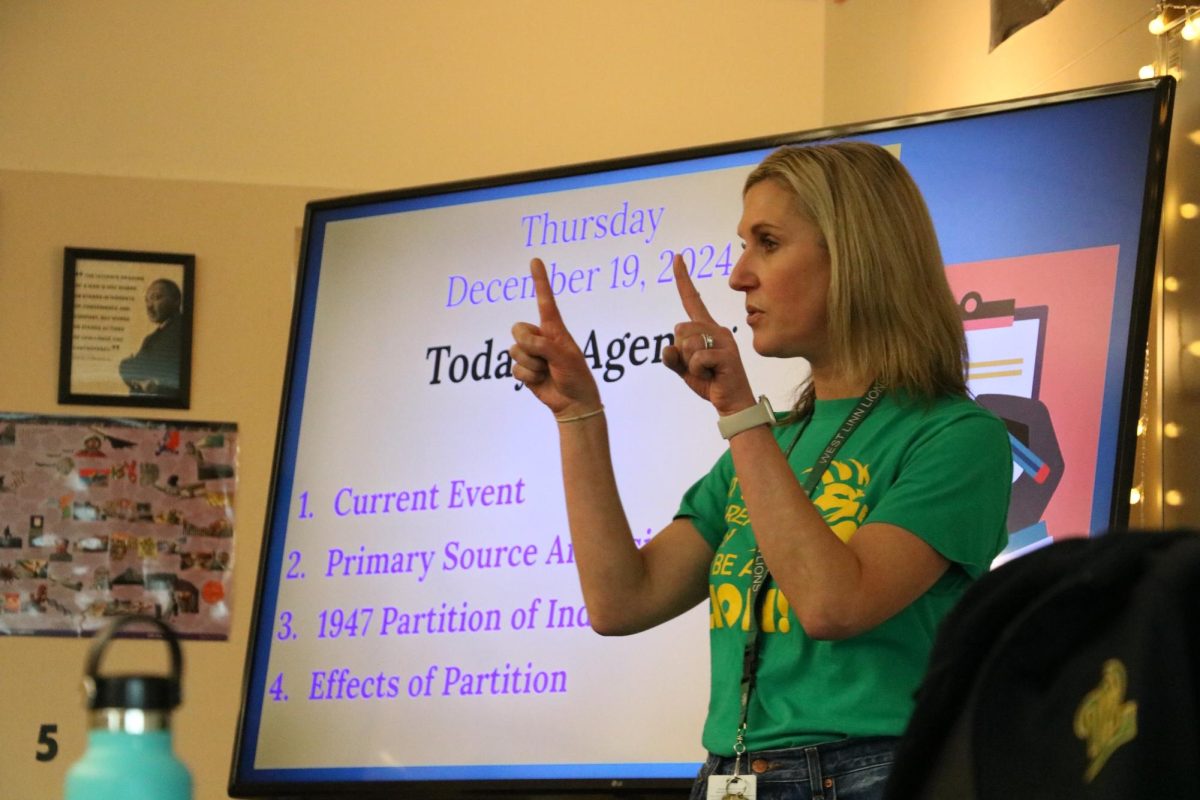




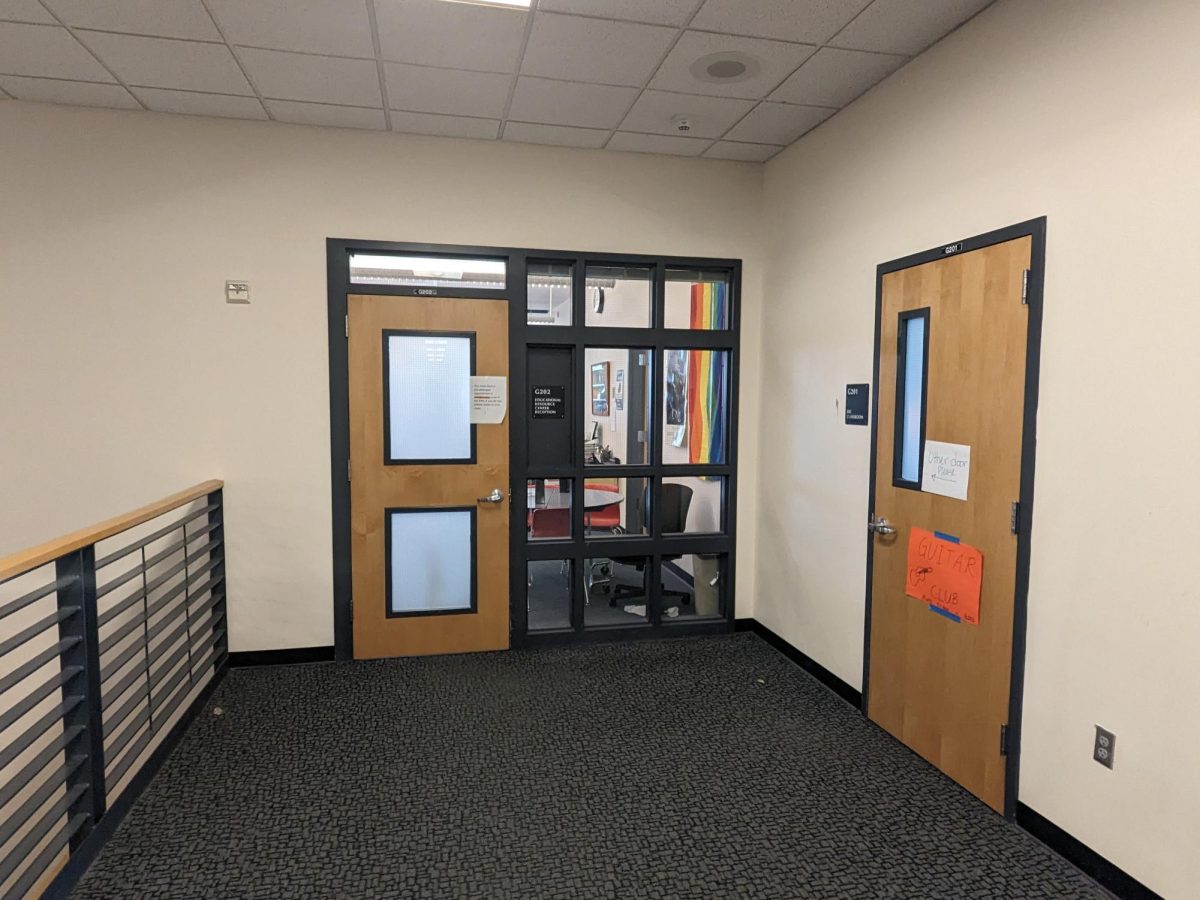













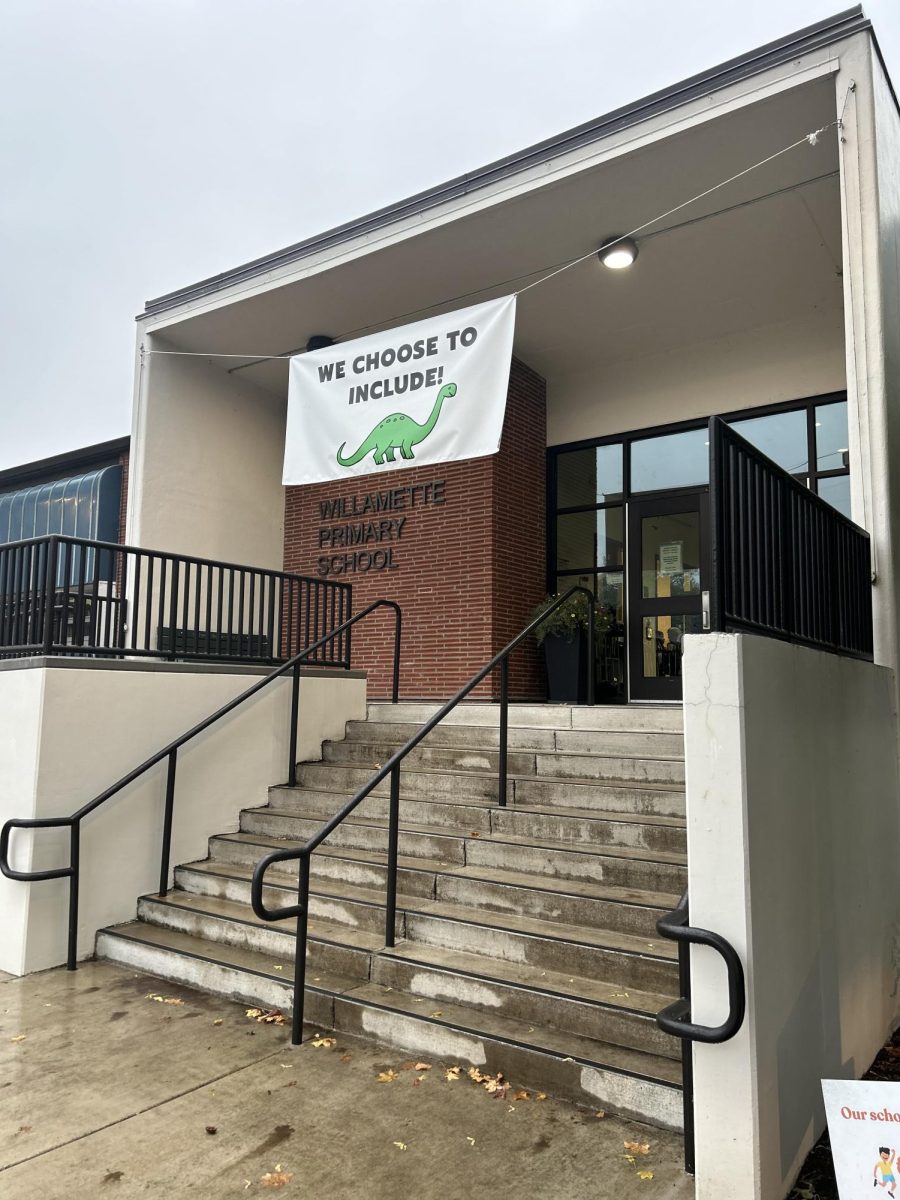
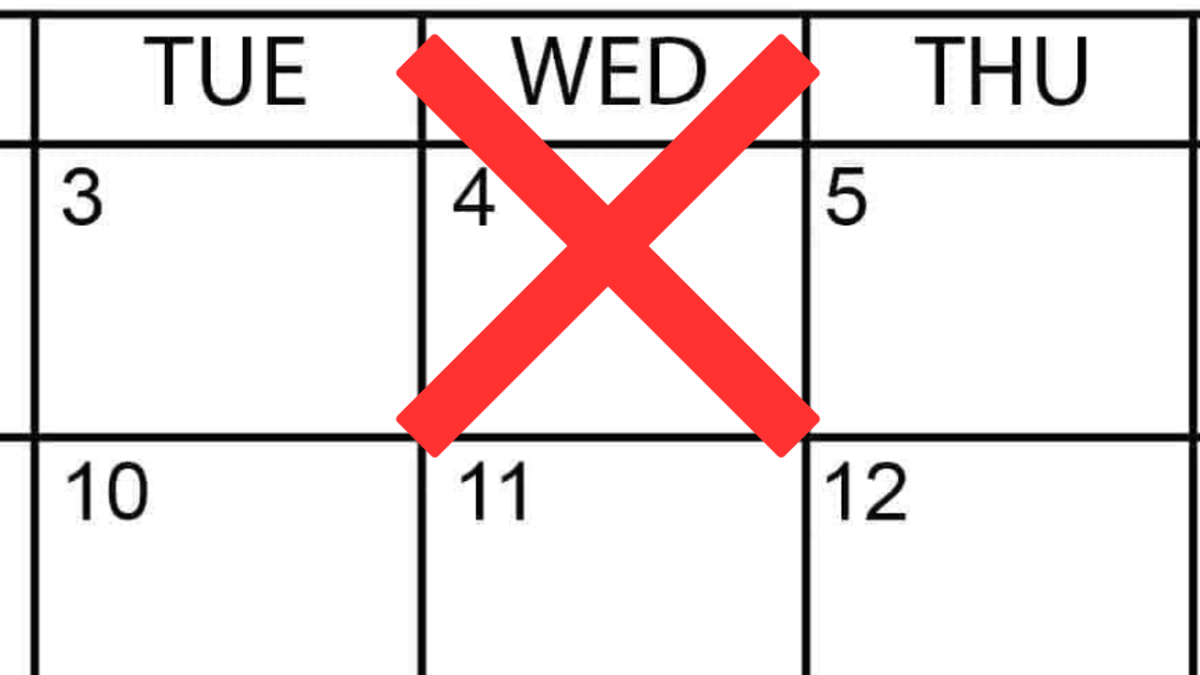







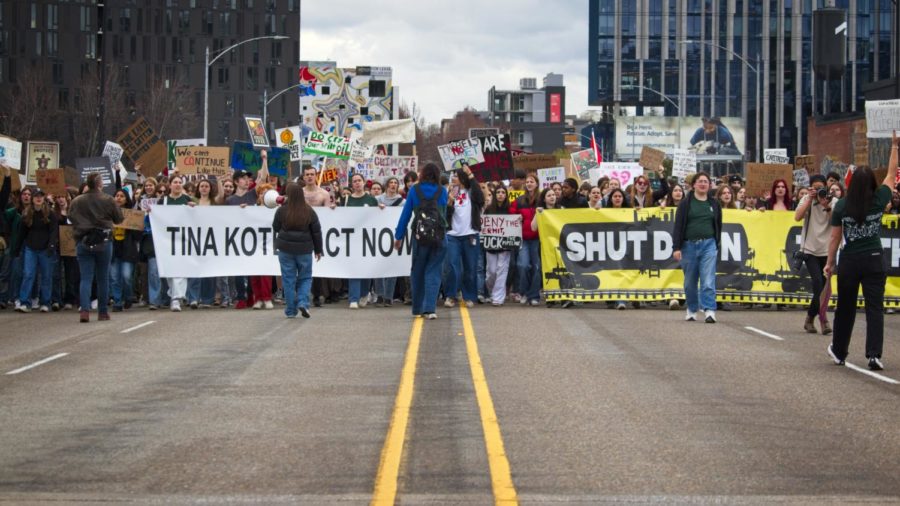









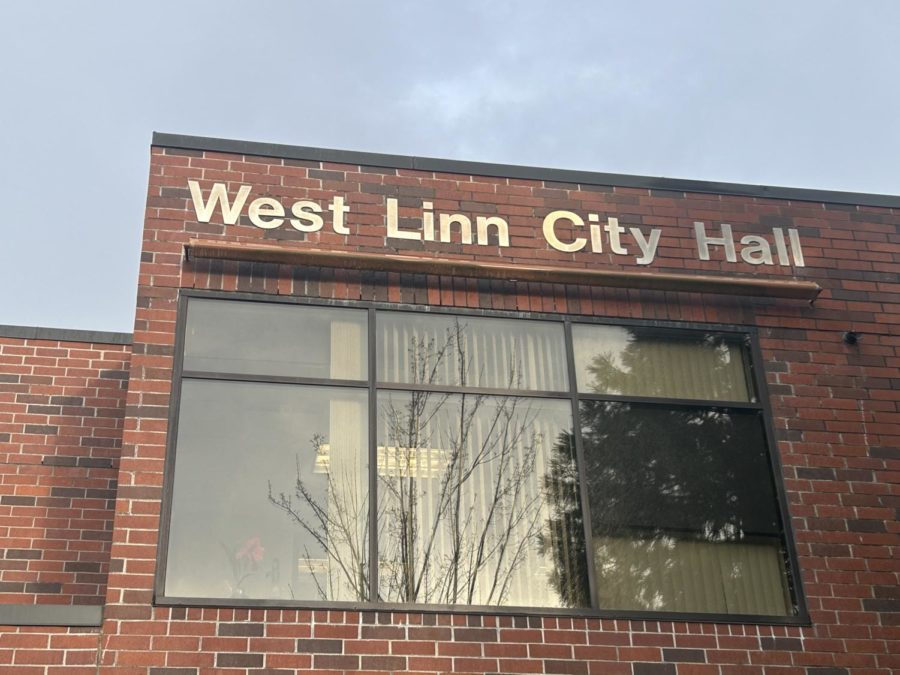





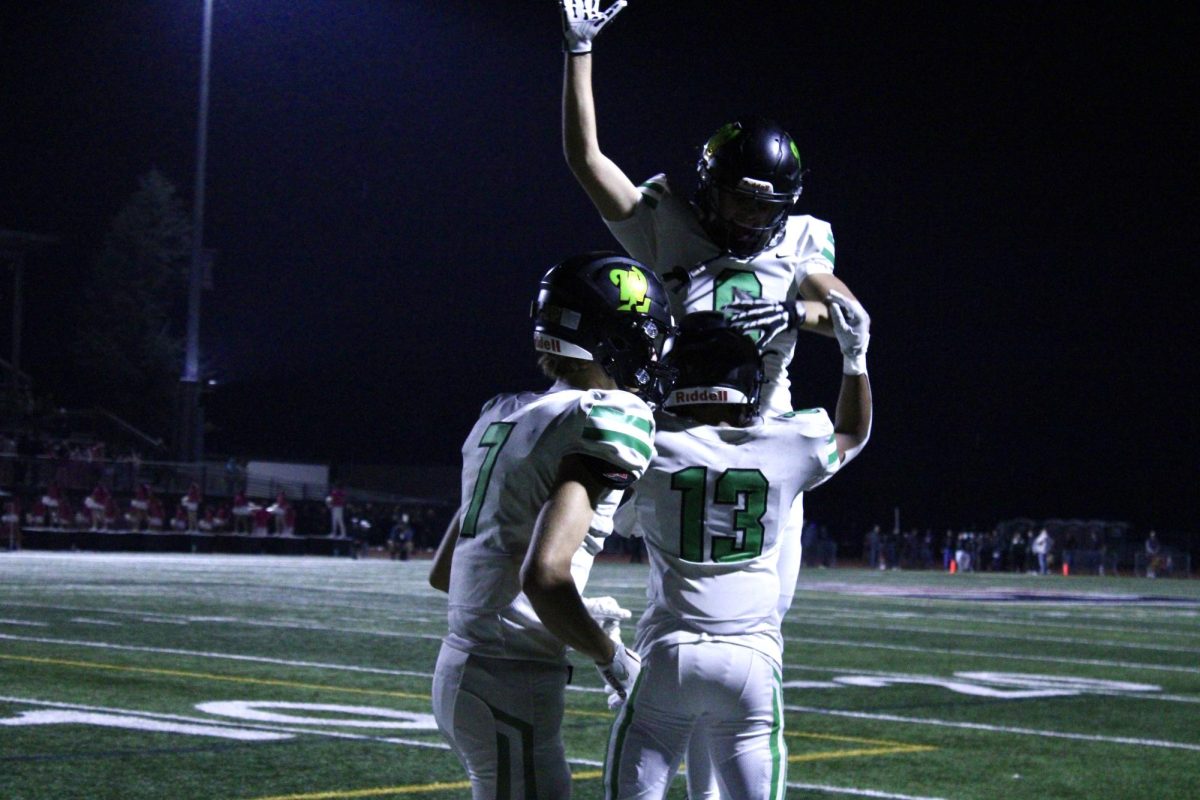




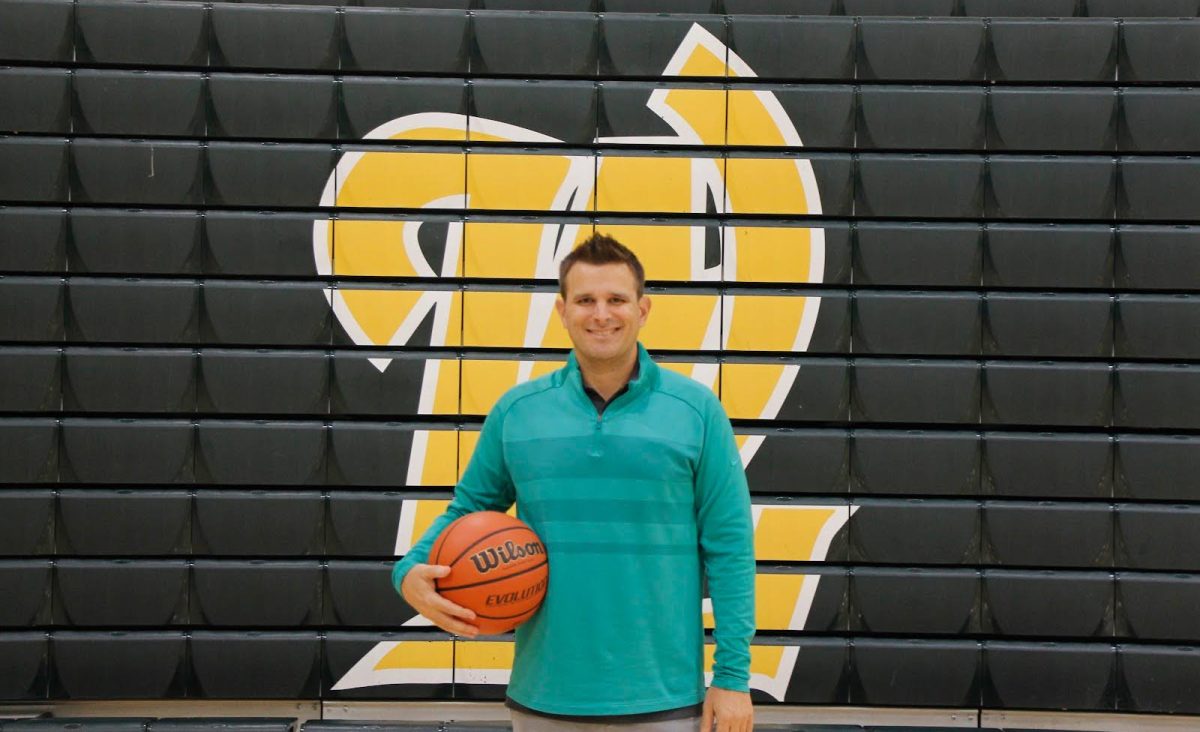

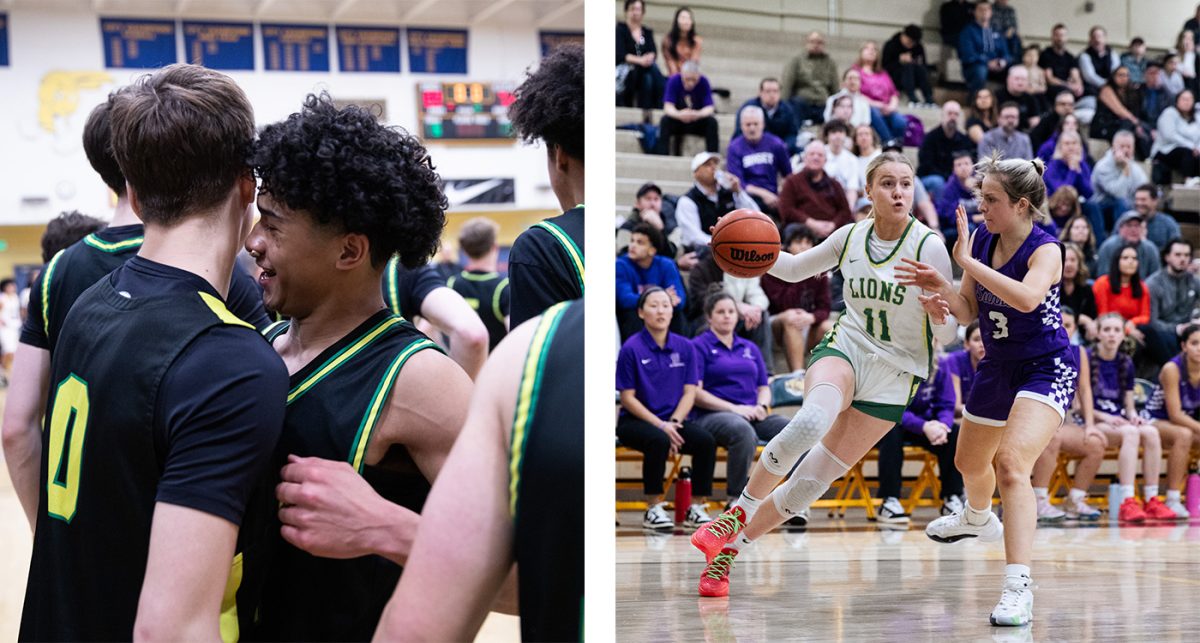
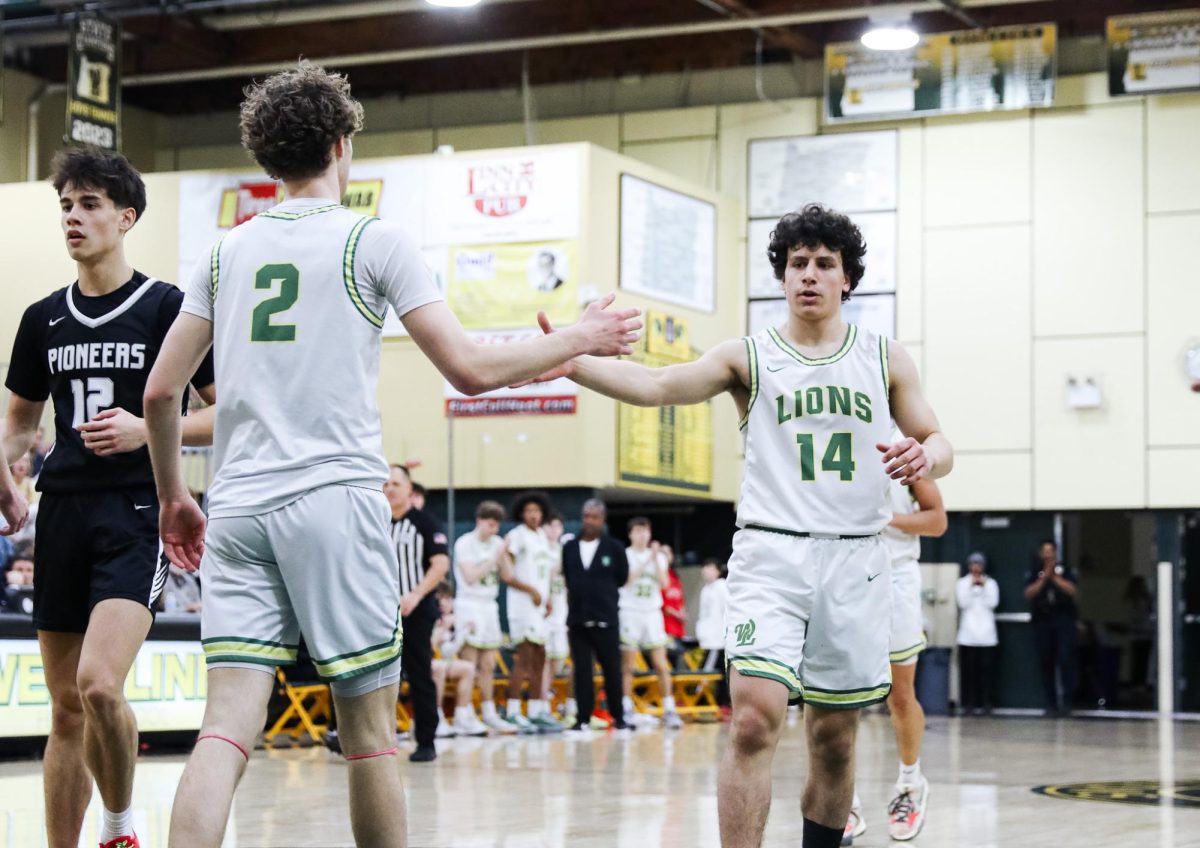
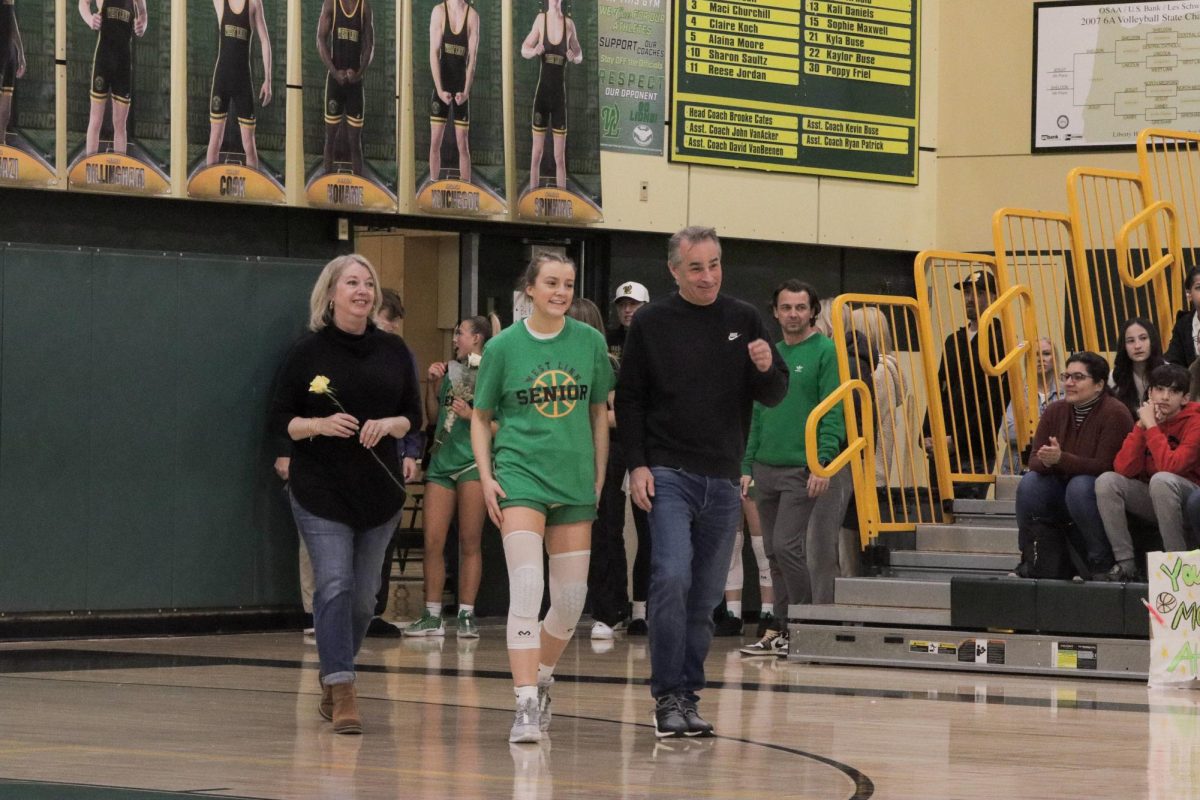



![At the bottom of the third inning, the Lions are still scoreless. Rowe stands at home plate, preparing to bat, while Vandenbrink stands off to the side as the next batter up. Despite having the bases loaded, the team was unable to score any runs. “It’s just the beginning of the season. We’re just going to be playing out best by June, [and] that’s where champions are,” Rowe said.](https://wlhsnow.com/wp-content/uploads/2024/03/IMG_3077-1200x900.jpg)






































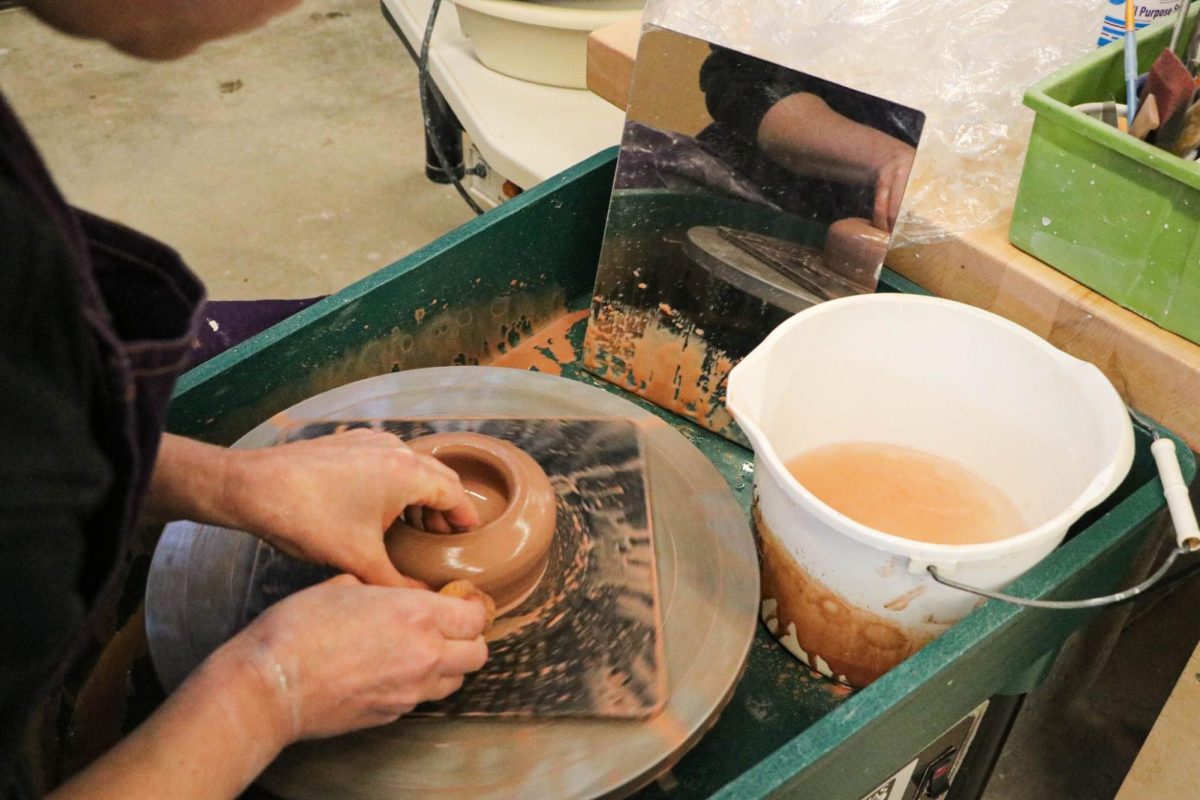
![All smiles. The group poses for a photo with last year’s book, “This is Our House,” along with their award for third Best in Show. Meikle, who was an Editor-in-Chief for the yearbook last year as well, holds both and stands at the center of the group. “That was an amazing feeling, going and grabbing the third place award,” Meikle said. “All of it paid off. I cried so much over that book, being able to receive [the award] was one of the highlights of my high school career, it was like the coolest thing ever.”](https://wlhsnow.com/wp-content/uploads/2024/11/8bookpose_philly-1200x800.jpg)




